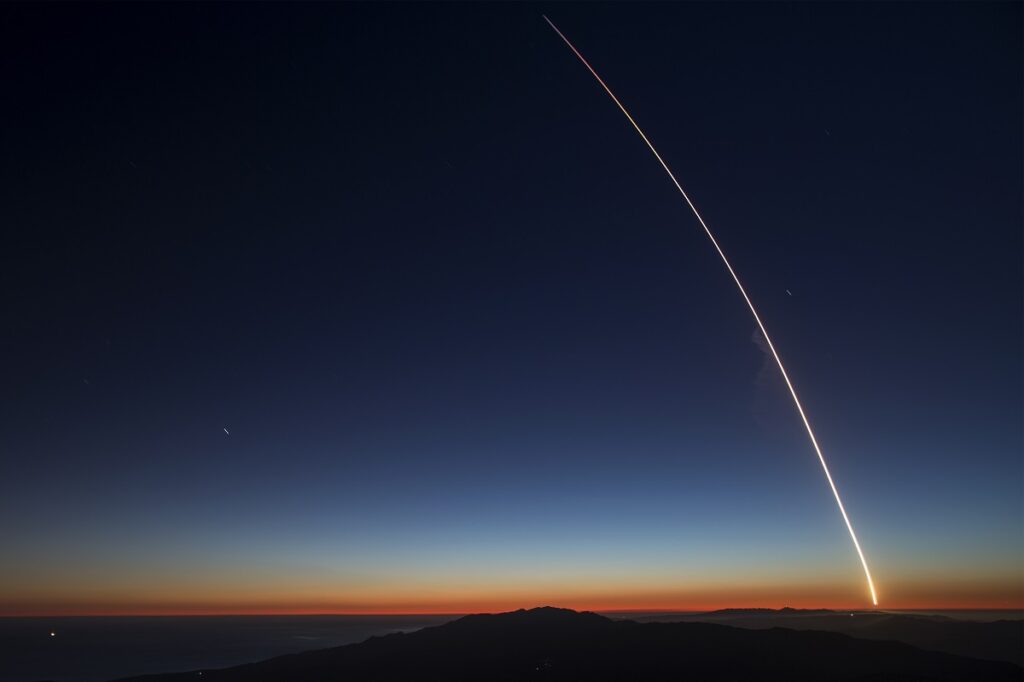Firefly Aerospace has successfully placed eight cubesats into orbit on a mission sponsored by NASA. This launch marks the first flight of the company’s Alpha rocket since an upper stage malfunction over six months ago. The Alpha rocket lifted off from a foggy Vandenberg Space Force Base in California at 12:04 a.m. Eastern on July 4. A previous launch attempt on July 2 was scrubbed due to a ground equipment issue.
Payload Deployment
Approximately 35 minutes after the upper stage shutdown, the rocket began deploying its payload of eight cubesats, a process that lasted around 11 minutes. The cubesats were deployed into a low Earth orbit, though specific details about the target orbit were not disclosed by Firefly before the launch.
Mission Details
The mission, named Educational Launch of Nanosatellites (ELaNa 43) by NASA, included four satellites developed by universities: CatSat from the University of Arizona, KUbeSat-1 from the University of Kansas, MESAT-1 from the University of Maine, and SOC-I from the University of Washington. Additional satellites were provided by NASA’s Johnson Space Center (R5-S4 and R5-S2-2.0), Ames Research Center (TechEdSat-11), and the nonprofit group Teachers In Space (Serenity).
Contract and Program Background
NASA awarded Firefly a contract for this launch through its Venture Class Launch Services (VCLS) Demo 2 program, which supports the development of new small launch vehicles. Firefly secured the VCLS Demo 2 contract in 2020 alongside Astra Space and Relativity Space. Astra’s VCLS launch in February 2022 failed when the upper stage of its Rocket 3.3 malfunctioned. Relativity Space, after a single launch failure with its Terran 1 rocket, announced it would retire the vehicle to focus on its larger Terran R vehicle.
Launch and Future Plans
This launch was the fifth for the Alpha rocket overall and the first since a December 2023 launch that left its payload, a Lockheed Martin technology demonstration satellite, stranded in a low orbit due to a software problem. On this mission, Firefly successfully completed a second stage relight and a “nominal plane change” after deploying the cubesats.
Statements and Future Launches
“The Firefly team knocked it out of the park,” said Bill Weber, CEO of Firefly Aerospace, following the successful launch. While Firefly has not announced a specific date for the next launch, the company previously indicated plans for up to four Alpha launches this year and as many as six in 2025. Lockheed Martin is expected to be the customer for the next launch, having announced a contract with Firefly on June 5 for at least 15 and up to 25 Alpha launches through 2029. The next mission will be a “dedicated commercial mission” for Lockheed Martin, followed by a responsive space demonstration mission for the National Reconnaissance Office using Firefly’s Elytra tug.
